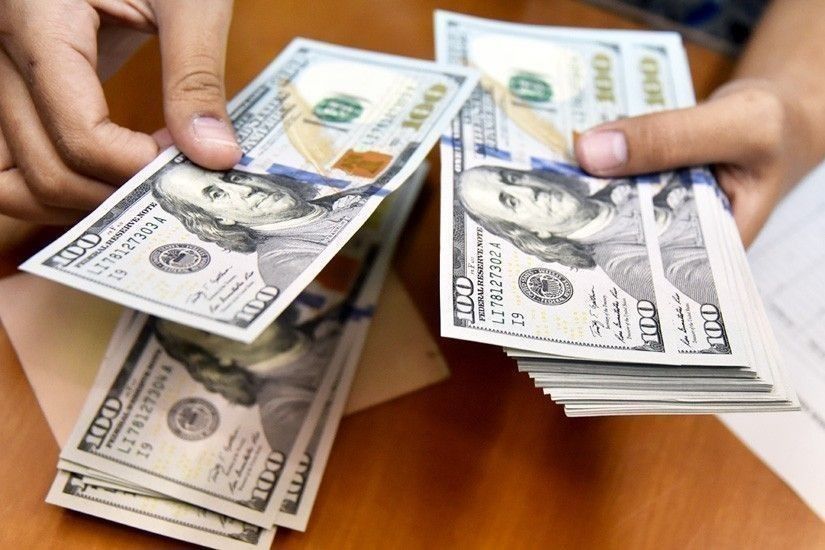Hot money books net outflow in March

MANILA, Philippines — More short-term investments left the Philippines in March as investors pushed back their expectations of interest rate cuts from the US Federal Reserve.
Based on data released by the Bangko Sentral ng Pilipinas (BSP), the Philippines booked a hot money outflow of $236 million in March, three times higher than the $70.26 million outflow recorded in the same month last year.
It was also a reversal from the $689.2 million net inflow in February.
Michael Ricafort, chief economist at Rizal Commercial Banking Corp., said the withdrawal of foreign portfolio investments in March was largely due to expectations of delayed rate cuts from the US Fed.
Other offsetting factors that dampened investor sentiment include geopolitical risks in the Middle East, heightened tension between China and the Philippines regarding disputed waters as well as the El Niño-induced drought.
“Any further healthy upward correction at the local and global financial markets could be possible, especially if the markets already priced in most or all the bad news amid tensions in the Middle East,” Ricafort said.
Foreign portfolio investments are also known as hot money or speculative funds, as these flow regularly between financial markets when investors try to ensure they get the highest short-term interest rates possible.
Central bank data showed gross hot money inflows went up by 11.9 percent to $1.41 billion in March from $1.26 billion in the same month last year.
The bulk or 56.7 percent of the total amount went to securities listed on the Philippine Stock Exchange (PSE), primarily in banks, holding companies, property, transport services as well as food, beverage and tobacco.
The remaining 43.3 percent went to peso government securities.
The top sources of speculative funds were the United Kingdom, Singapore, United States, Switzerland and Luxembourg, with combined shares at 83.6 percent.
On the other hand, gross outflows grew by 23.3 percent to $1.64 billion in March from $1.33 billion in the same month last year, with the US receiving 53.9 percent of the funds pulled out from the Philippines.
For the first quarter, the Philippines yielded a net inflow of foreign portfolio investments amounting to $377.4 million, a turnaround from the $328.2 million outflow in the same period last year.
Gross inflows surged by 42.5 percent to $4.189 billion from January to March this year compared to $2.94 billion in the same period last year, while gross outflows went up by 16.9 percent to $3.81 billion from $3.26 billion.
“For the coming months, net foreign portfolio investments could improve after better-than-expected local GDP (gross domestic product) and inflation data,” Ricafort said.
Mostly better corporate sales and income reports of the largest local companies as well as better economic data could also support investment valuations in the coming months, he added.
Last year, the Philippines missed its net inflow target of $1.5 billion as it registered a net outflow of $574.46 million, 86.4 percent lower than the $4.24 billion net outflow recorded in 2020.
The BSP expects foreign portfolio investments bouncing back with a net inflow of $1.7 billion this year, a turnaround from the $247.3 million net outflow in 2023.
- Latest
- Trending


























